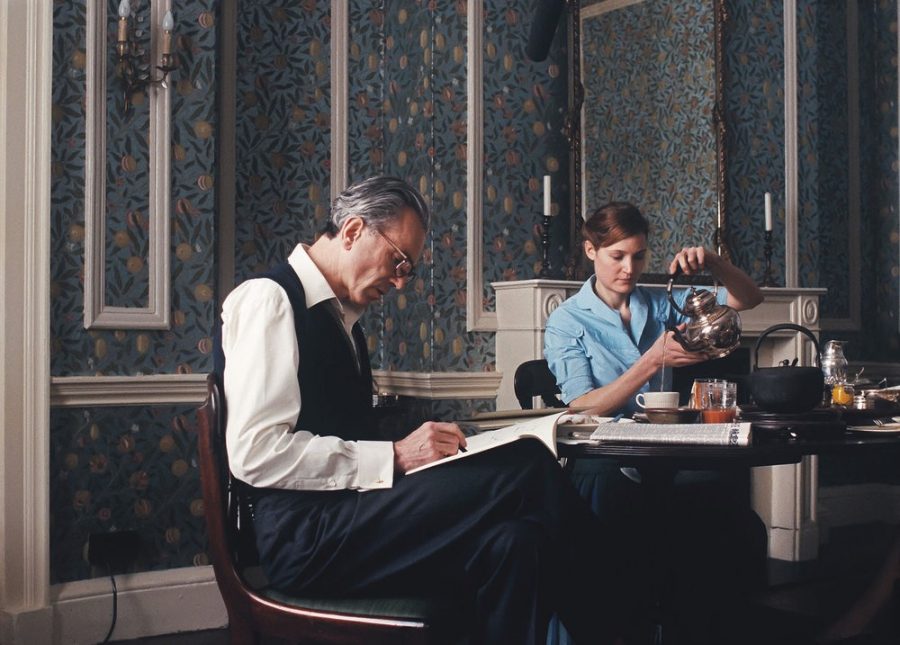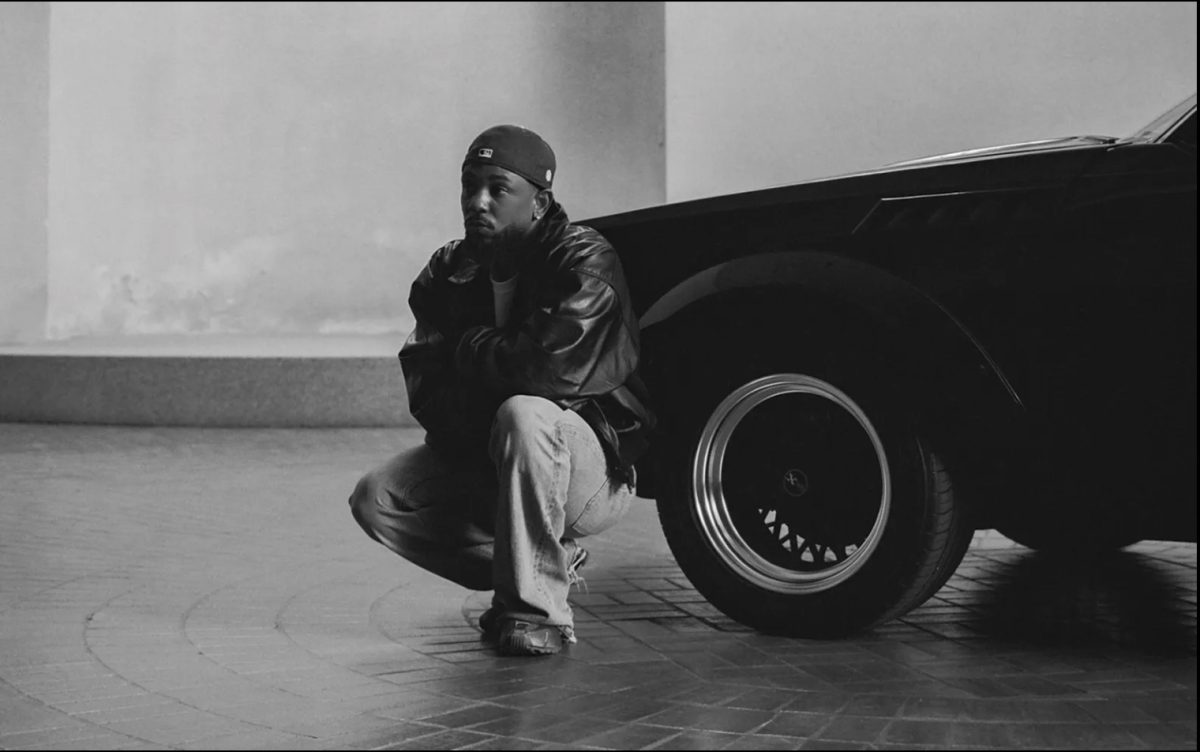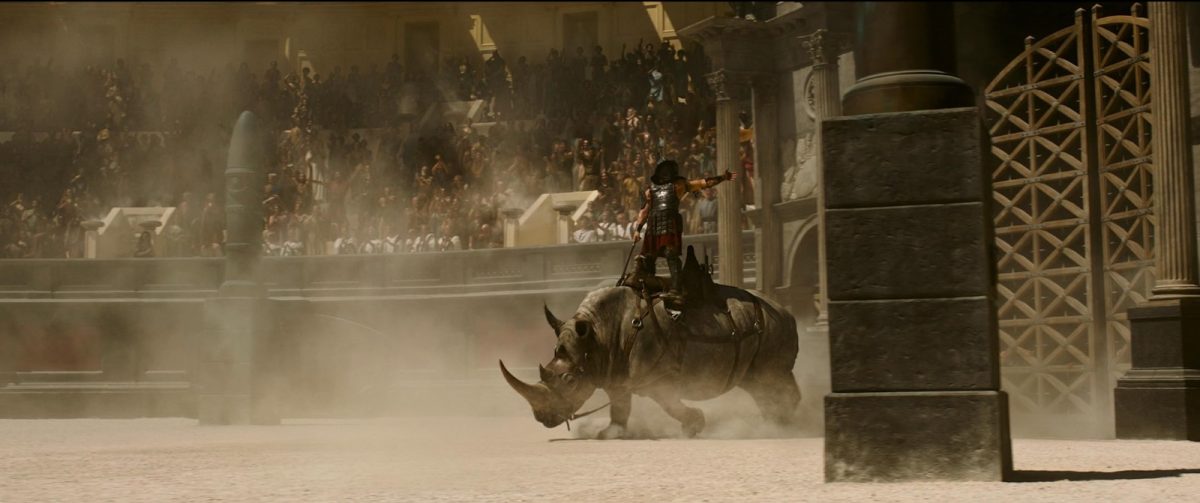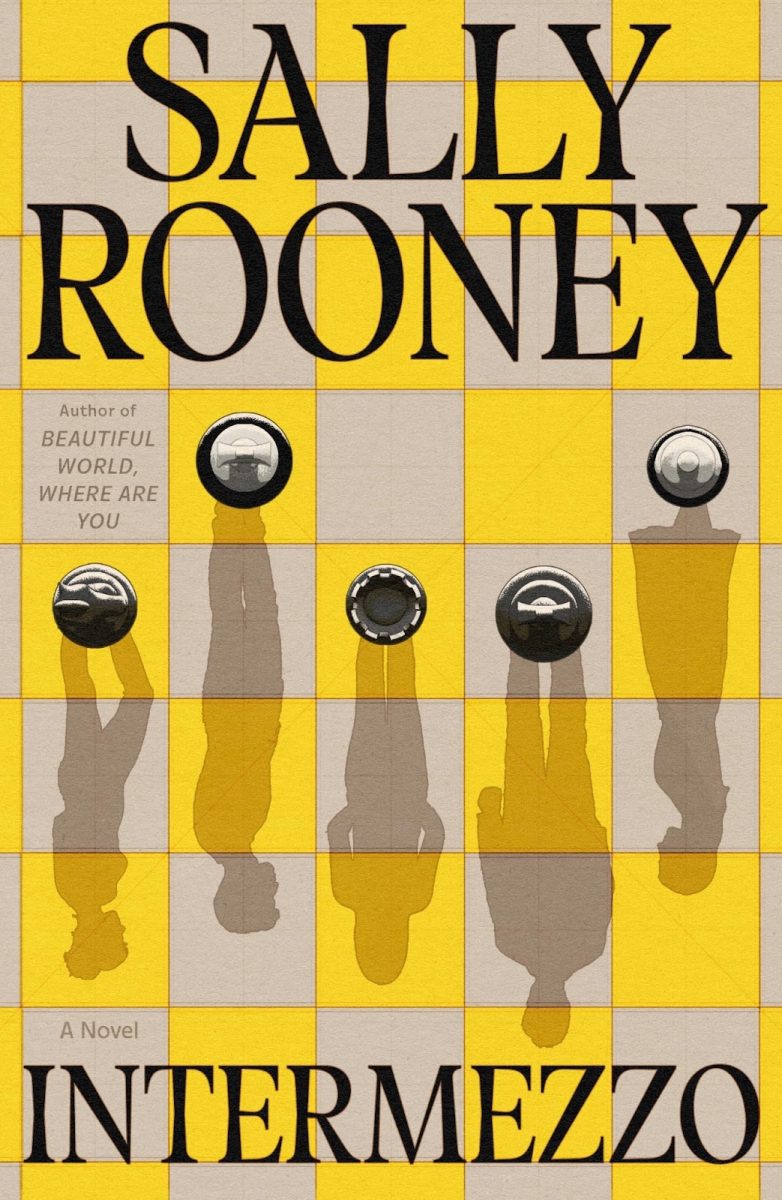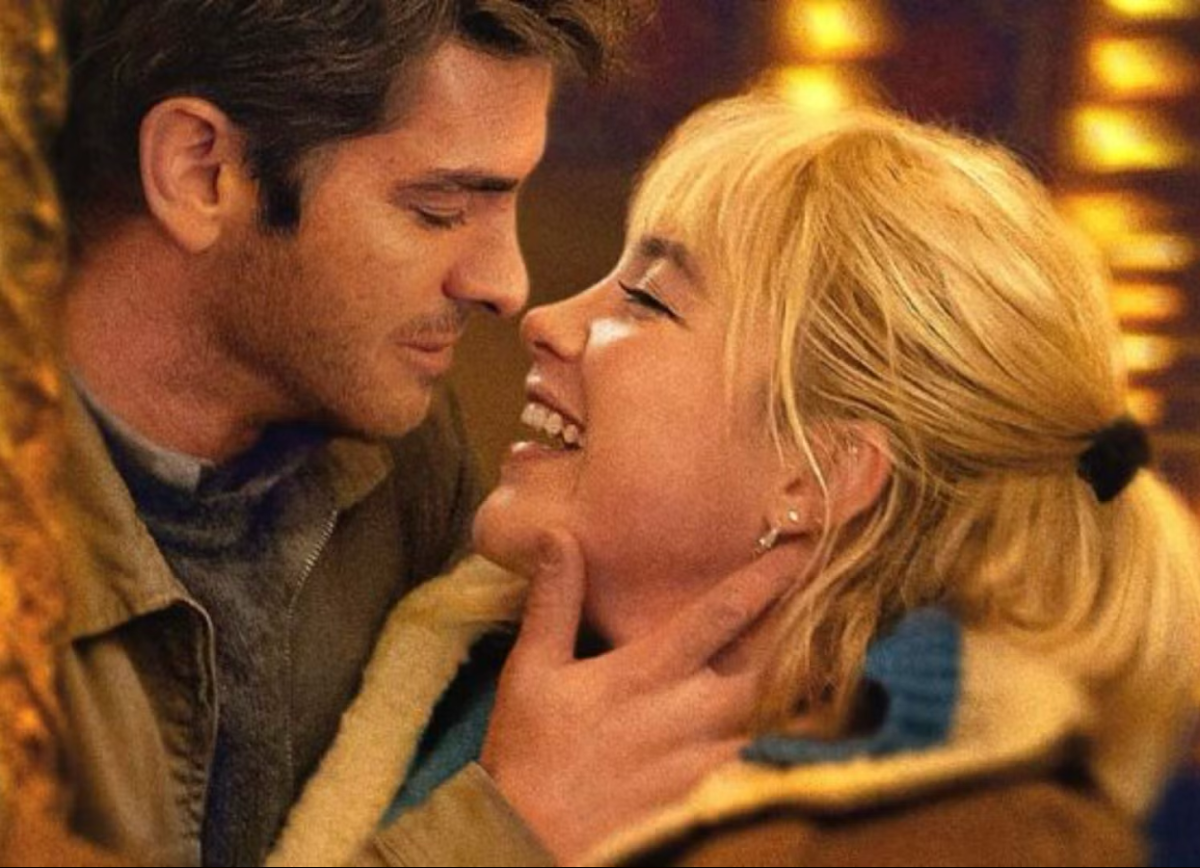There are definitely types of creative method. There is the “Shelley school,” which describes “the mind in creation as a fading coal, which some invisible influence, like an inconsistent wind, awakens to transitory brightness,” and there is the school of reiterative creation, wrought and eeked out through sheer volume of work.
In Paul Thomas Anderson’s new film Phantom Thread, Reynolds Woodcock (Daniel Day-Lewis), purveyor of the House of Woodcock, and designer of magisterial garb for royalty, celebrity and most manners of extreme wealth, inhabits the latter description of creation. Woodcock is intensely meticulous and demanding, the Kubrick of clothing design. His impetus is incessant, with his sketches of dresses either on a pad or in the fore of his mind. He is a man not unlike most of his clients — swift, tactful and, above all, tasteful.
But Woodcock’s urbane patina begins to crack when he meets Alma (Vicky Krieps), a waitress at a quaint country-club restaurant. Day-Lewis, with the verbal and attitudinal sharpness of a character perfectly played, immediately cathects. Alma takes his order, a litany of period-piece sundries, only to have Reynolds demand she remember the order by memory. When Alma delivers a plate perfectly supplied, Reynolds asks her to dinner, to which she says yes, writing on his check a note signed: “To the hungry boy,” an Oedipal gesture of care and flirtatious caress.
Phantom Thread then journeys forward with what seem to be two ideas positioned in its consciousness. One is of missed mothers, and the surrogate relationship Alma figures to be her only way to breach Reynold’s insufferable decorum. (Woodcock’s dislike for “deviant” activities is nearly intolerable, yet Day-Lewis finds a way to also make him endlessly intriguing, like a politely angry man, or dangling china.) The other idea in the film is of an apotropaic lifestyle as defense mechanism against changing times and changing lives. Ultimately, the film is successful at presenting both, through the beautiful frame of a 1950s period-piece.
Reynolds Woodcock himself is an anachronism, at one point expressing his distaste for the “chic” clothing a client leaves his services for. To wit, Woodcock exclaims: “Chic? Oh, don’t you start using that filthy little word. Chic! Whoever invented that ought to be spanked in public.” It is true, the slippery little word is one of ambiguous and subjective annoyance, and contains an air of wild superiority and dilettante-ish tomfoolery. To avoid what is, to Woodcock, false precocity in modern-day dismissals of “the classical,” he riddles his life with apotropaic rituals, to ward off the evils of a life less precise, less trenchant. In part, Reynolds fails at this because the woman he is in love with, Alma, is an impressive chunk younger than he, and is interested in engaging with modern, vaudevillian acts like “dancing,” which she eventually goes out and participates in, leaving Reynolds aghast and eventually in tow.
This same clinical life Woodcock cultivates as a bulwark against modernity is also undergirded by a sort of enigmatic, emotional roil that launches Phantom Thread into the world of psychoanalysis. There is an obvious preoccupation with motherhood, and with Alma as a surrogate mother-figure to Woodcock. Reynolds’ emotional dominance of Alma pushes her to search for, undoubtedly, his “phantom thread,” which turns out to be his indebtedness to his mother, a woman who taught Reynolds everything he knows. Although she is dead, Woodcock’s mother appears in the film as a ghastly hallucination knocking on Reynolds’ consciousness, and represents the emotional aperture she left her in son, one that Alma fills in strange ways.
The film is riveted by the constant orchestral score, composed by Jonny Greenwood, that seems to fill in the silence with musical dialogue, to cause the characters to heed its gestural guidance. The score itself could lead us through the film’s progressions; Day-Lewis and co., if they wanted, would barely have to speak. The film’s beauty is in its overdetermined nature. The score with the dialogue, camerawork, complex ideas and holistic mise en scene, becomes as intricate and enveloping as Woodcock’s own latticework.
There exists a scene in Phantom Thread that acts as a sort of confluence of the film’s machinations, and it begins with a prototypical Andersonian long take. The camera follows Reynolds down his winding staircase and settles in stride behind him, in tow all the way to the formal room, where his recently conceived and completed creation awaits — the royal wedding gown. It resides in the center of the room, encircled by Reynolds’ legion of assistants. Reynolds kneels, examines and circles the dress, until he pauses, looks, and crashes into the manikin in a spell of illness. The long take is reminiscent of the Goodfellas crib in the opening of Boogie Nights, and is a standout scene for its own unique stylistic consistency within the Anderson oeuvre. But it also brilliantly combines every theme in the film: the fastidious creative nerve of Woodcock, the fruits of tradition Woodcock wishes to preserve and the Oedipal maze that undergirds the extrinsic being of Woodcock himself. Alma looks upon the scene with moxie.
Every note of Paul Thomas Anderson’s film hits pitch perfectly to create a convincing universe of layered lives. Love, as it is manifested in people and in work, electrifies the already superb atmospherics, and the performances by Day-Lewis and Krieps are as engrossing and exacting as any I’ve seen this year. The styles in the film, the food, the dress, the furniture, are a period-piece accomplishment in themselves, but the film feels like a period-piece with something dangerous about it. It is a film being actively manipulated by someone with a greater sensibility, a vision that makes it more effective through its wrought-ness.
Few directors today work with as diverse material as Paul Thomas Anderson. His oeuvre takes on a rare sort of shape, being that it does not have much shape at all, story-wise. It is not guided by any “schtick.” Anderson is an artistic chameleon, able to mold his consummate skill to whatever story he wants to tell. Anderson, with everything he does, cants the angle of his stories ever so slightly. He turns the material into a vague pulse of complex resonances that makes whatever he does require multiple viewings. Phantom Thread is no different, and we’re better for it.



